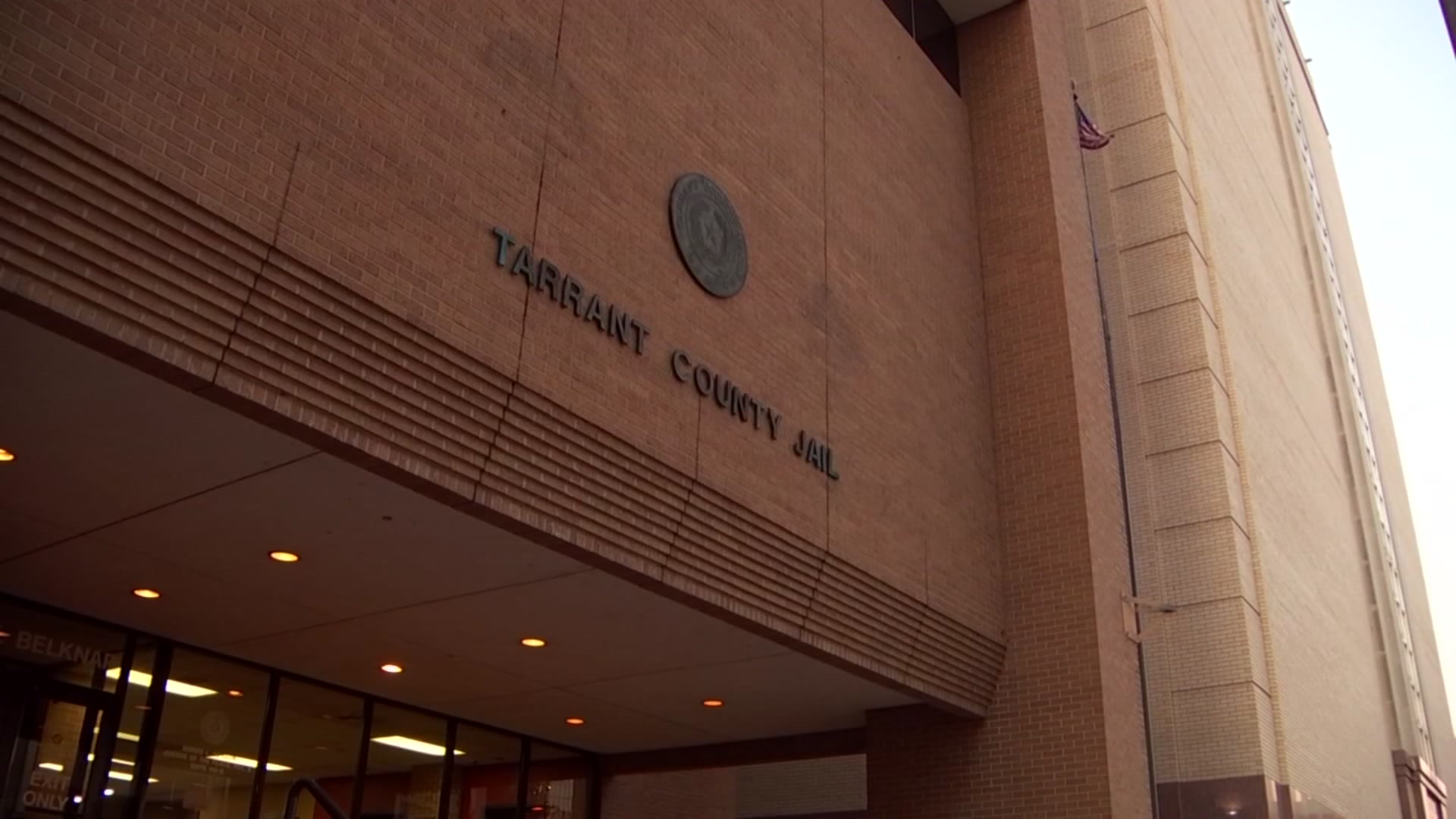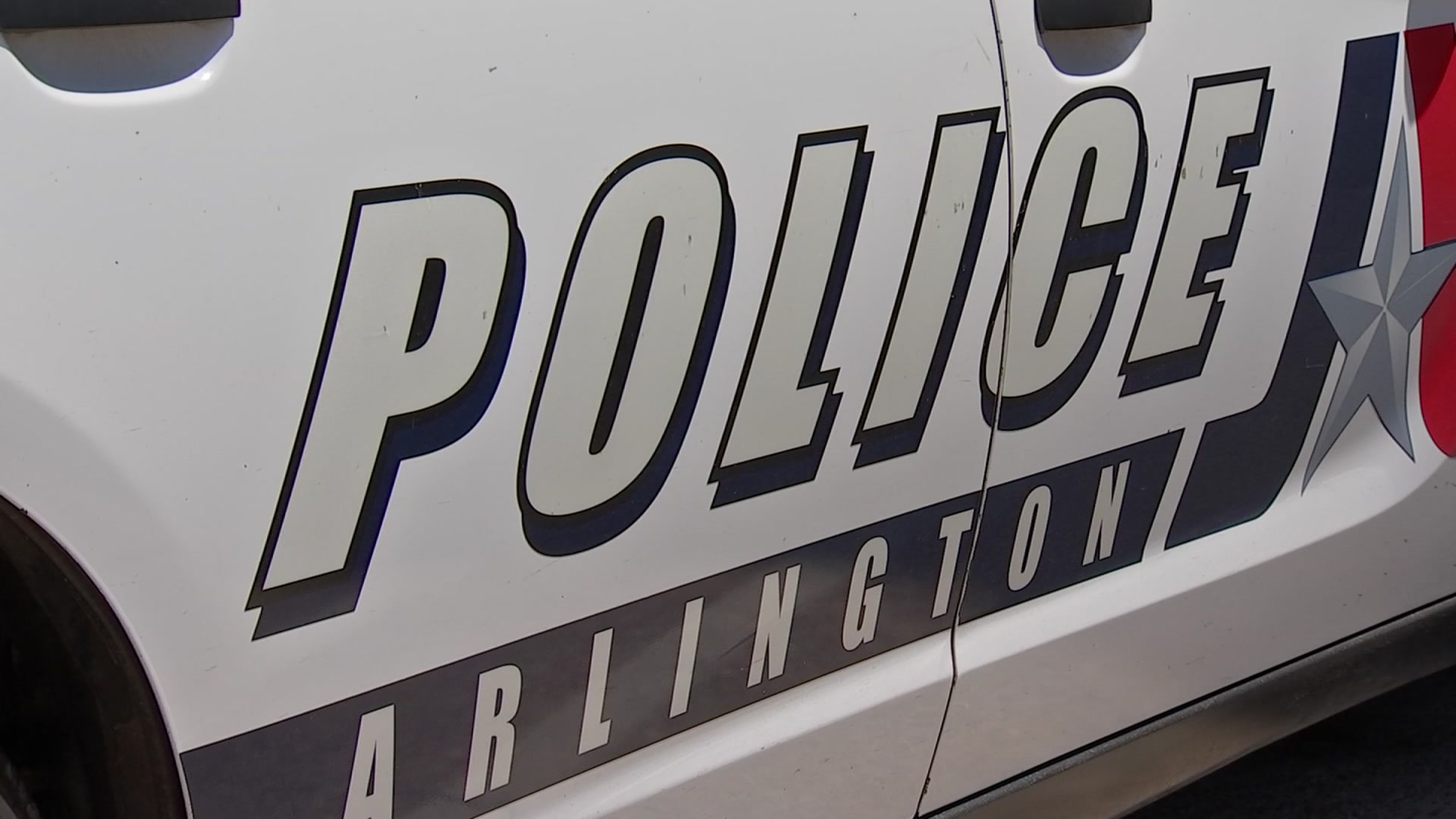Stepping into William Gibbs' metal shop class at Clear Creek High School is like being inside of a well-oiled machine.
The Galveston County Daily News reports students proceed at their individual tasks with little instruction and Gibbs wanders from room-to-room of the rather large shop, ensuring things are going according to plan.
This particular class is building equipment for NASA as part of a program called High Schools United with NASA to Create Hardware -- or HUNCH, for short.
"I pick the best in each class," Gibbs said of his group. "There are less than 10 this year. They have to be able to work independently and be good thinkers -- able to start and finish projects."
As strange as it might sound for a group of high schoolers, perfection is the name of the game for the equipment being designed.
"You have to get those exact measurements and be that precise," junior Kaeden Trout, 16, said. "If you don't get it exactly right, you have to restart. It's a lot of pressure, but it really helps teach you to be precise."
Clear Creek High School launched the program about 15 years ago; it was among the first schools to do so, Gibbs said.
Local
The latest news from around North Texas.
The purpose was to help design mission training hardware for astronauts and staff at Johnson Space Center.
The program has expanded to more than 85 schools in 26 states and Canada, Gibbs said.
Other Galveston County schools in the program now include Clear Springs High School and Clear Lake High School.
Students at Clear Creek High School have gone from building training hardware to making spacecraft hardware.
"It's really cool getting to build stuff for NASA," senior Nathan Buchanon, 17, said.
Clear Creek also holds the designation of having about four NASA employees who use the metal shop as a base for building things themselves, Gibbs said.
The various schools in the program work in tandem to create the different components of the NASA projects.
Recently completed projects have included a table that is now in use at the International Space Station.
"Six astronauts actually gathered around the table to eat at Thanksgiving," Gibbs said. "It was amazing to get to be a part of that. It made me think of the first Thanksgiving, with all the different groups getting together and sharing."
Gibbs' class helped put together the prototype of the table now aboard the space station.
"The table onboard the space station is totally designed by the students," Gibbs said.
Not only are the students helping to build equipment for NASA, but they are also helping to save bundles of money. The cost of the table, for instance, would have been about $1.5 million. But through the HUNCH partnership, it cost about $30,000.
The same cost-saving looks to be at work with Clear Creek's next project -- building 150 mid-deck storage units.
Normally costing $50,000 apiece, Gibbs estimates NASA will save about $7 million by using the HUNCH partnership to build the units.
Gibbs' class has already delivered 15 of the lockers to NASA and is at work on the second group.
The project is scheduled to last five years, but might be done sooner. The end result is a winning situation for all involved, he said.
NASA gets cost-efficient hardware produced, while the students under the steady guidance of Gibbs learn crafts that might propel them into a lifelong career.
"I've been looking to get a degree in mechanical engineering, and that might lead into that," Trout said.



